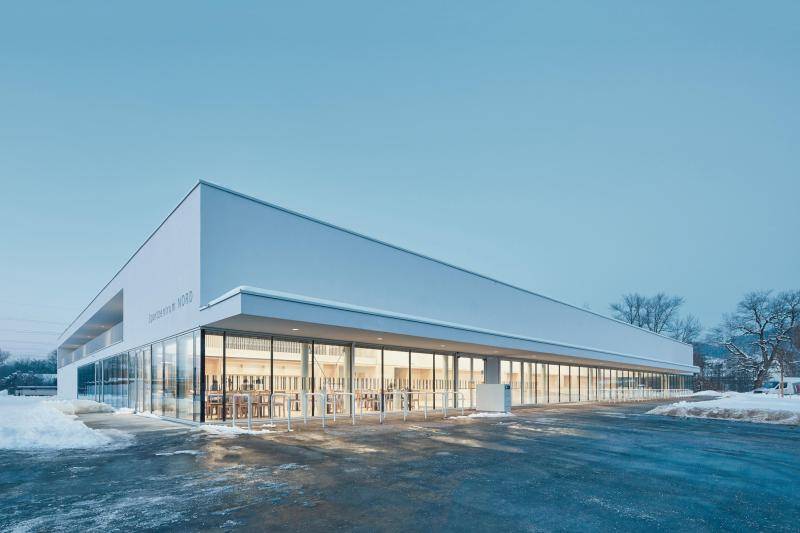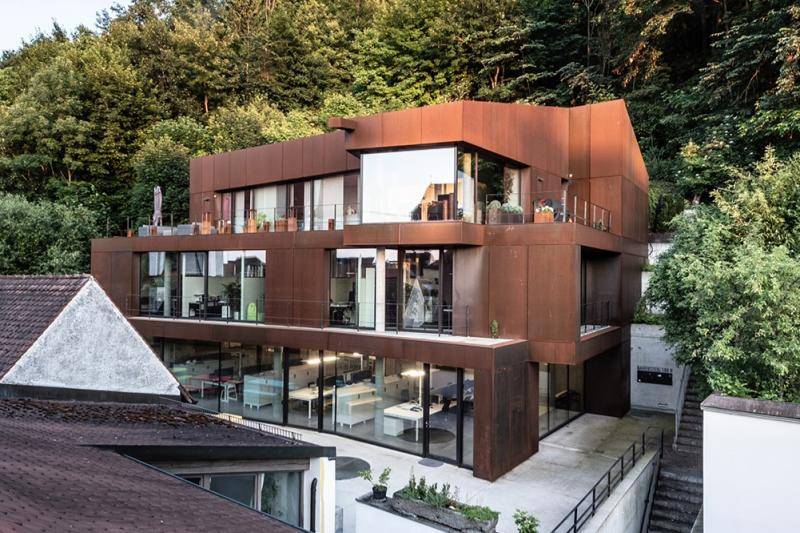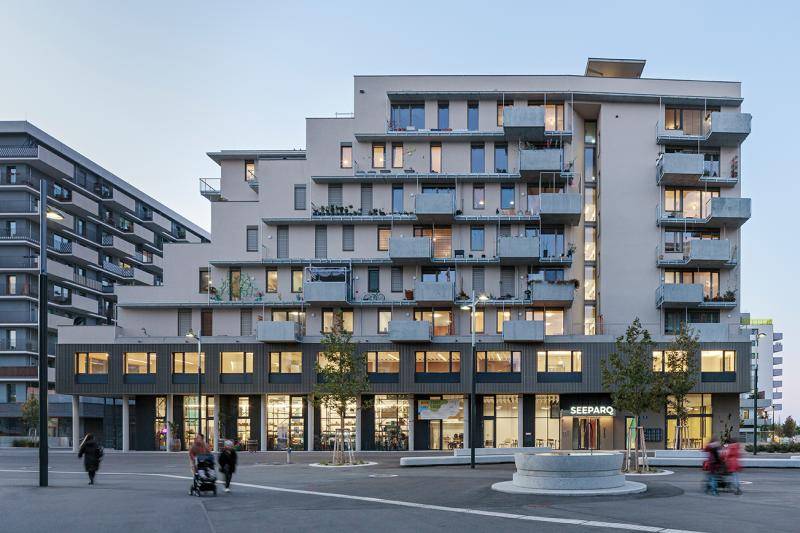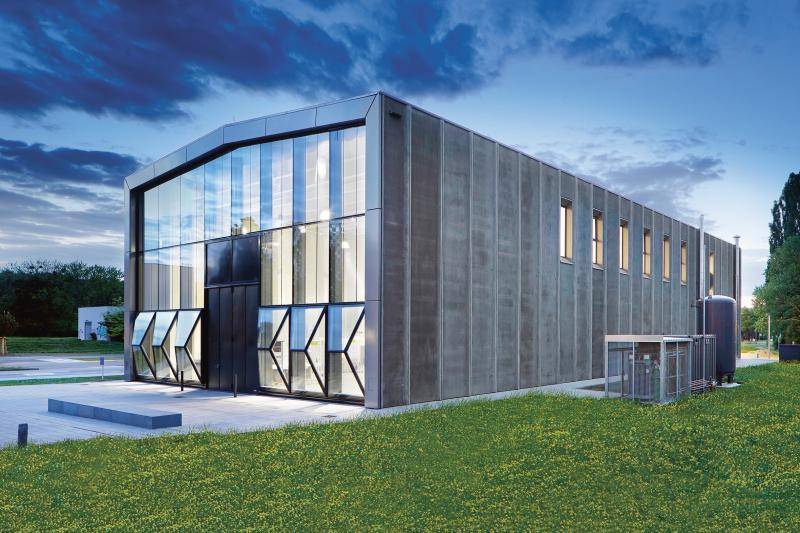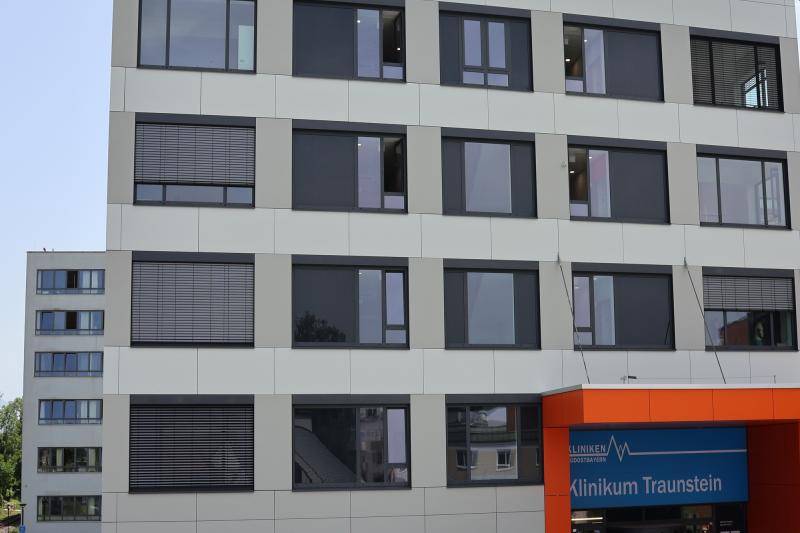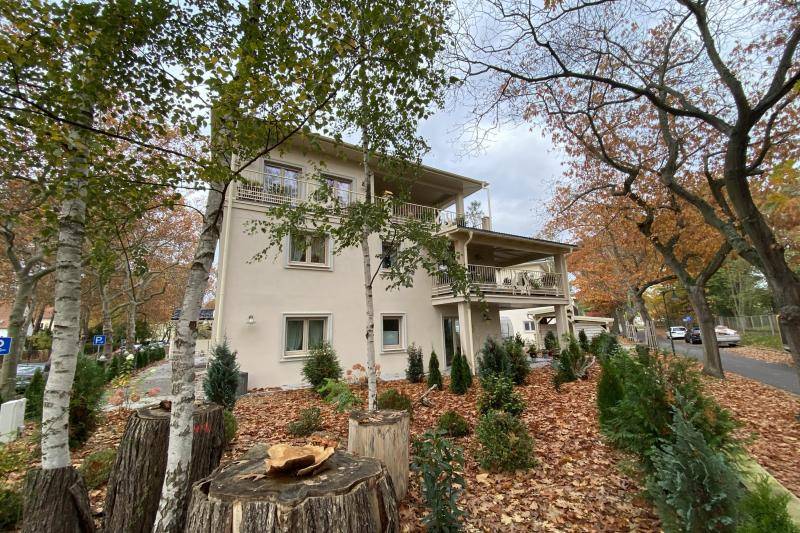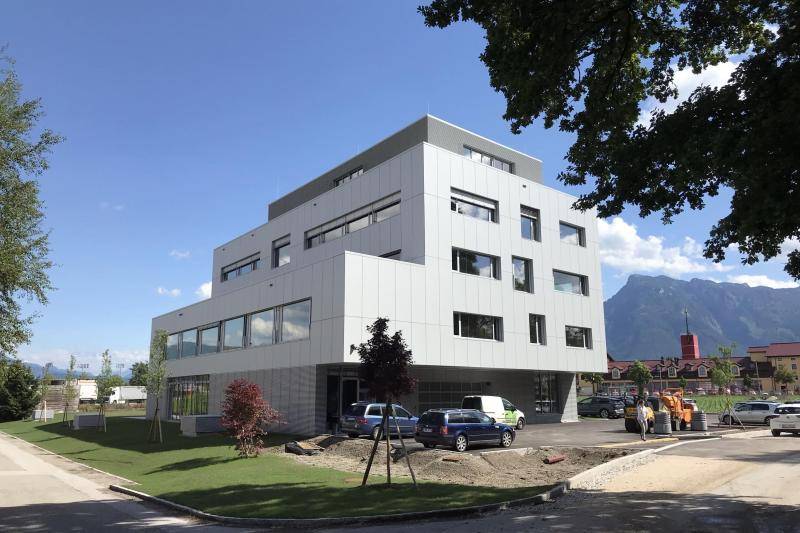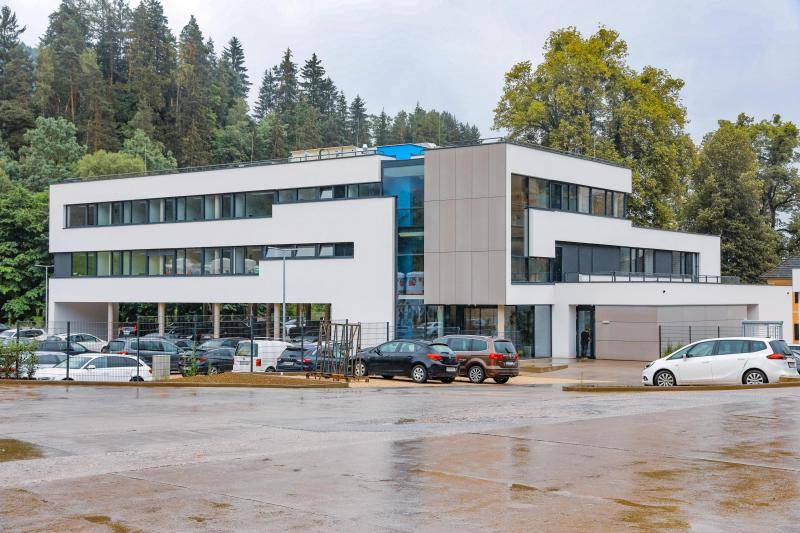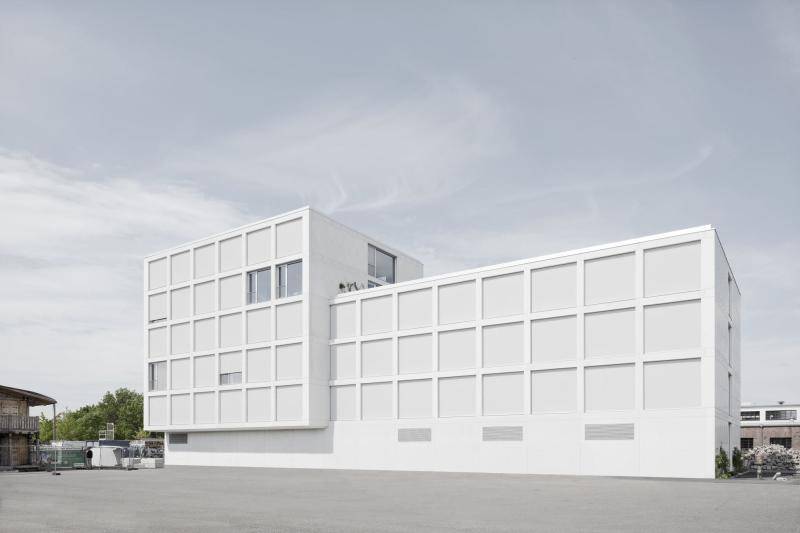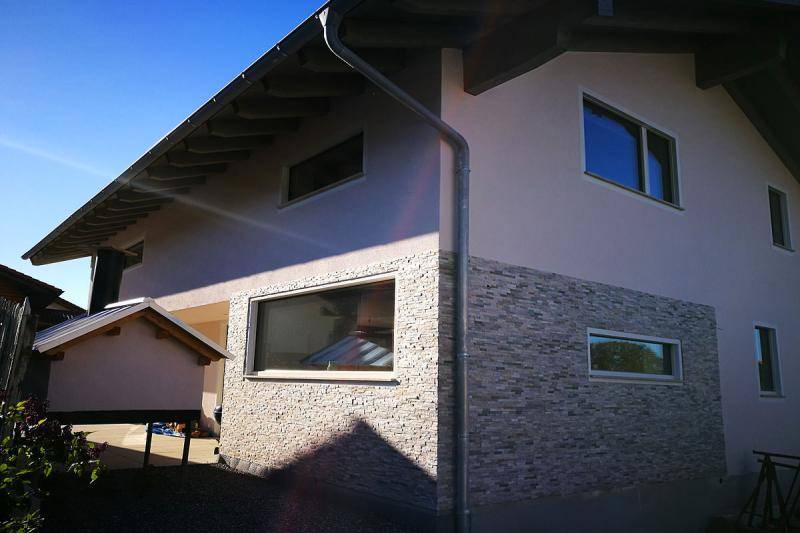Future Art Lab of the MDW
University building with concert hall and arthouse cinema: The Future Art Lab for the mdw - University of Music and Performing Arts Vienna - plays all the pieces technically, acoustically and atmospherically.
Bundesimmobiliengesellschaft m.b.H. (BIG)
University of Music and Performing Arts Vienna
2020
structural engineering: Fritsch Chiari und Partner ZT GmbH
building services: Gawaplan Ges.m.b.H.
acoustics/sound insulation: Müller BBM GmbH Planegg
building physics: IC-Prause ZT GesmbH
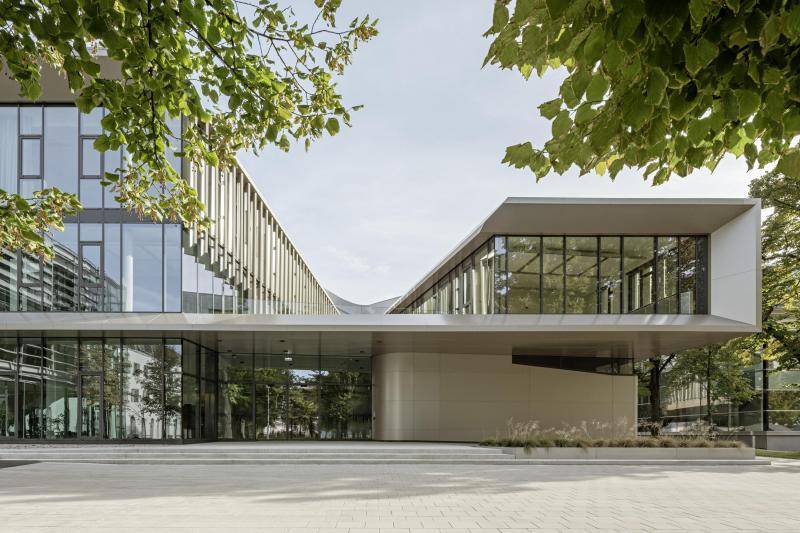
Between Ungargasse and Rechte Bahngasse in the 3rd district, the Future Art Lab, built by the Bundesimmobiliengesellschaft as owner and developer, with its striking architecture and characteristic facade fits into the existing building ensemble of the music university campus and offers generous space for three institutes of the mdw on 3. 400 m². The building, designed by architects Pichler & Traupmann, houses the Klangtheater, an arthouse cinema, a recording hall and a 100-seat concert hall - four halls that play all the right technical, acoustic and atmospheric roles.
The facade of the Future Art Lab consists of aluminum composite panels that create the characteristic shimmer. Inside the building, exposed concrete is used as a sober counterpart to the "shiny" facade and a wall coating in metallic violet. A sunken courtyard provides natural lighting for the sound control rooms in the basement, while the two spacious terraces create a connection to the green campus courtyard. The new building is almost 30 meters high in total, 12 meters of which are below ground.
By using a room-in-room construction method for the sound theater and the recording hall, the Future Art Lab meets the special acoustic requirements of a music university. A double-shell concrete envelope, which was a major challenge in terms of structural engineering, prevents sound emissions from being transmitted from one room to the other. Ventilation systems in the halls and recording studios operate almost silently so as not to disrupt performances and recordings. Geothermal energy to support heating and cooling, waste heat recovery, building component activation and energy-saving lighting systems all contribute to energy efficiency and climate protection.
(Text: BIG, Architects; in shortened form)




